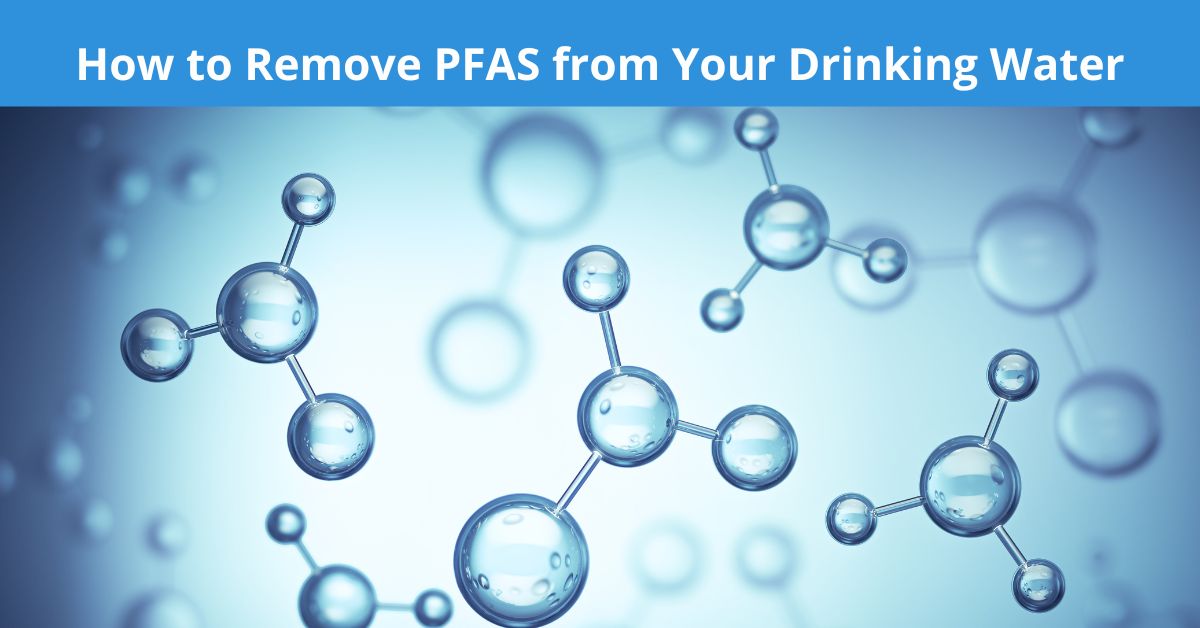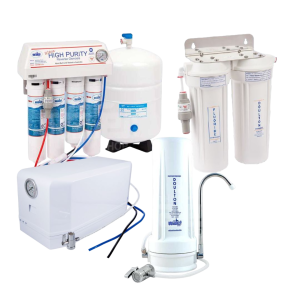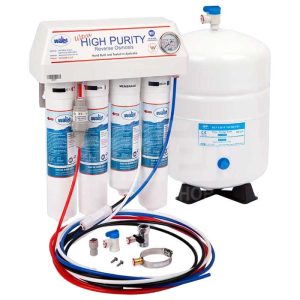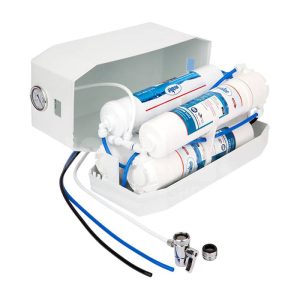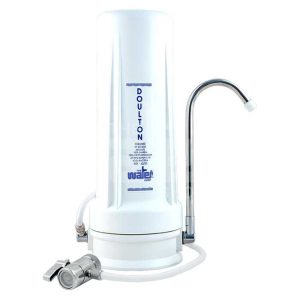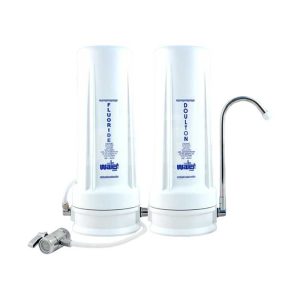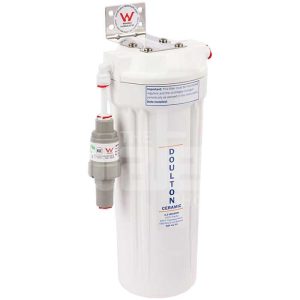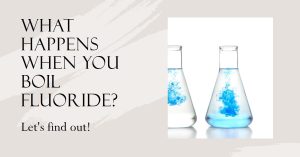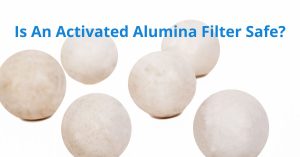Yep… it’s one of those scary chemicals that most of us don’t want to be drinking everyday.
PFAS, or per- and polyfluoroalkyl substances, are a group of man-made chemicals that have been used in a wide range of consumer products and industrial processes since the 1940s. These “forever chemicals” are extremely persistent in the environment and human body due to their strong carbon-fluorine bonds that resist breaking down naturally.
Exposure to PFAS has been linked to numerous health issues including liver damage, thyroid disease, decreased fertility, high cholesterol, and increased risk of certain cancers. As a result, many countries and health organizations have set guidelines or legal limits for acceptable levels of PFAS in drinking water.
Is PFAS in Australian Water?
Unfortunately, yes. A new UNSW-led international study published in 2024 in Nature Geoscience assessed global PFAS contamination levels in surface and ground water, finding high concentrations in many Australian locations above recommended drinking water limits, especially areas where firefighting foams were previously utilized like military institutions and fire training facilities.
A recent article by the Sydney Morning Herald revealed the concerning fact that Australia currently has some of the highest allowable limits for PFOS and PFOA (two of the most studied PFAS) in drinking water guidelines globally. The US EPA recently lowered its health advisory levels to just 4 parts per trillion (ppt) combined for PFOS and PFOA. In contrast, Australia permits up to 70 ppt of PFOS and an alarming 560 ppt of PFOA.
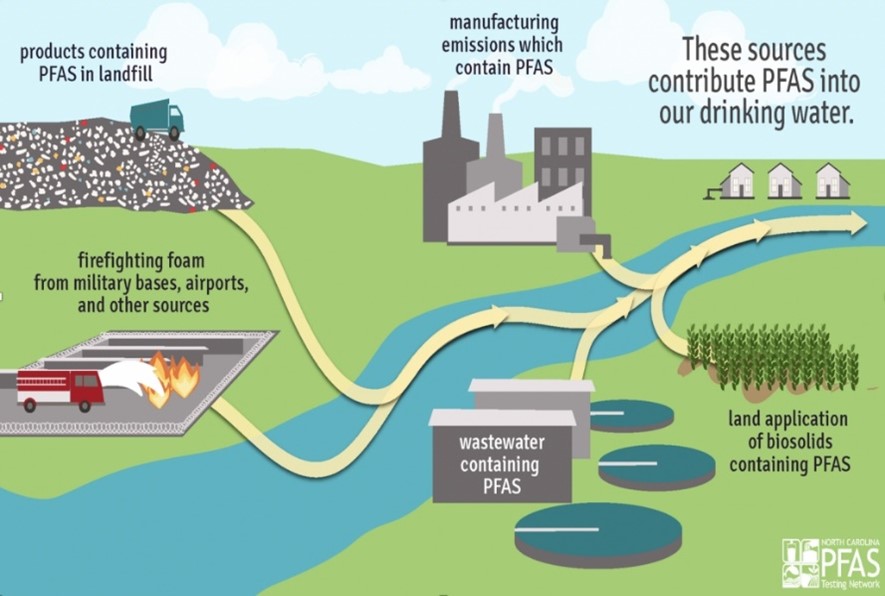
Source: pfasolutions.org
Can You Filter PFAS Out of Your Water?
When it comes to removing PFAS from water at home, not all filters are created equal. PFAS particles are incredibly small, with a size range of 0.056 – 1.8μm (μm=microns). In comparison, very fine sand has a particle size of 62μm. This allows them to pass through many standard carbon filters and sediment filters designed to remove larger contaminants.
The most effective filtration methods for PFAS are:
Reverse Osmosis Water Filters
Reverse Osmosis Water Filters use semi-permeable membranes to filter out even the smallest contaminants like PFAS down to 0.0005 microns in size. RO systems can remove up to 99% of PFAS from drinking water. Under sink RO filters and benchtop RO Filters are available.
High-Quality Activated Carbon Filters
While regular pitcher filters are ineffective, high-quality granular activated carbon (GAC) filters can adsorb PFAS onto their porous surfaces. To maximize removal, look for Carbon Block filters as they provide a longer contact time between water and carbon, ensuring better results.
Benchtop PFAS Water Filters
Under Sink PFAS Water Filters
Doulton Twin Under Sink PFAS Water Filter
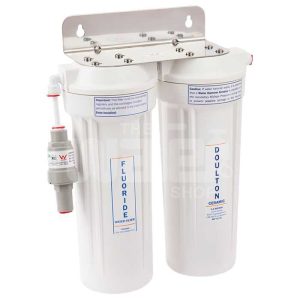
Ion Exchange Resins
Ion exchange resins attract and bind negatively charged ions like PFAS. This can achieve over 90% reduction when used optimally. However, the resins require frequent replacement as their exchange capacity depletes.
Distillation
Distillation by way of it’s evaporation process removes PFAS as well.
Megahome/Springflow Water Distiller
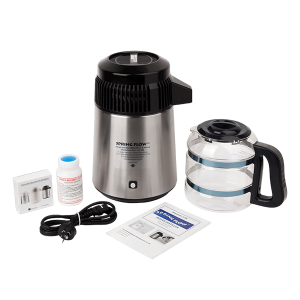
- Some gravity water filters with thick carbon blocks may offer moderate PFAS reduction.
- Blending RO, activated carbon, and ion exchange into one system maximizes PFAS elimination.
When choosing a PFAS removal method, consider your water’s PFAS levels, budget, maintenance requirements, and space constraints. Proper cartridge replacement and maintenance maximizes contaminant removal. For high PFAS in your area, consider combining multiple filtration methods or using bottled water as a precaution until levels are reduced.
Australia’s PFAS limits lag behind other nations, raising awareness and switching to effective home filtration can help protect your household from these persistent chemicals until stricter regulations are adopted nationwide. With PFAS being termed “forever chemicals,” removing them from your water today is an investment in your family’s health for years to come.
Further references:
Calls for action after cancer-causing chemicals found in Australia’s drinking water
We’re likely underestimating the future impact of PFAS in the environment, a new UNSW Sydney-led study shows

